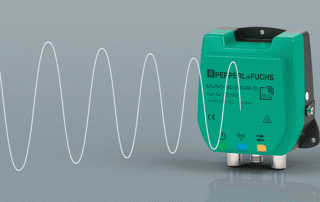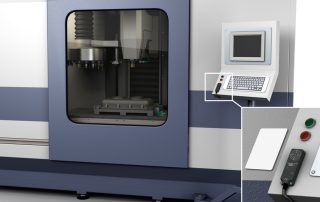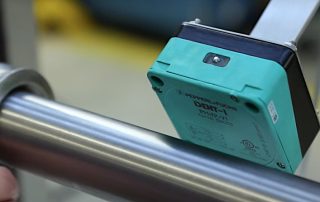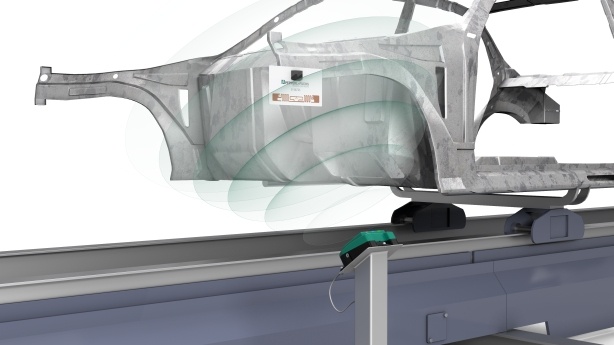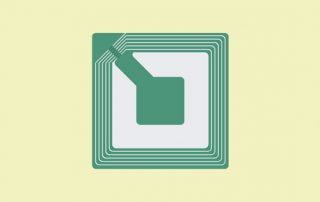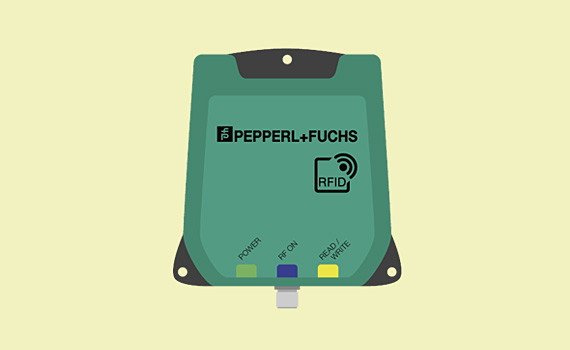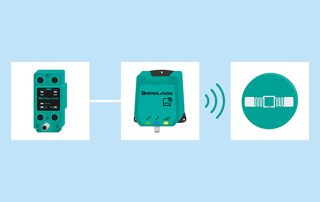RFID
RFID technology has been established in factory automation for many years and enables absolutely reliable and transparent processes in identification, data acquisition, and data transmission. Learn more about the advantages of RFID, applications, and system integration. Do you want to use RFID in hazardous areas or couple it with IO-Link—find out how in the Pepperl+Fuchs blog.

RFID
RFID technology has been established in factory automation for many years and enables absolutely reliable and transparent processes in identification, data acquisition, and data transmission. Learn more about the advantages of RFID, applications, and system integration. Do you want to use RFID in hazardous areas or couple it with IO-Link—find out how in the Pepperl+Fuchs blog.

The Important Function of RFID in the Mining Industry
RFID technology plays an important role for the mining industry in improving efficiency, occupational safety, and operational performance. Learn which RFID systems are used in the challenging mining environment.
LF, HF, UHF—How to Select the Ideal RFID Frequency Range for Your Application
LF, HF, or UHF RFID?—Learn how to select the most suitable RFID frequency range for your application. Whether in toll systems, as goods labels, in anti-theft systems, or for marking and tracking assets in production and logistics processes, noncontact RFID technology is ubiquitous.
RFID in Explosion-Hazardous Areas: Three Examples from the Field
In this blog article, you will gain insight into three application examples that will help you understand the successful and safe use of RFID in hazardous areas.
How to Decode RFID Tags (HF)
Pepperl+Fuchs’ RFID read/write heads can read any RFID tags and any RFID system can read Pepperl+Fuchs’ RFID tags made to the international standards ISO/IEC 15693 and ISO/IEC 18000-3. In this blog article, we explain how to decode HF RFID tags to configure your HF RFID system.
How RFID with IO-Link Eases Machine Access
The use of RFID for machine access control and operation is nothing new. Depending on the application, different frequency ranges are used, either LF, HF, or UHF. Recently, there has been a trend that HF read/write heads with IO-Link are increasingly being used for precisely these applications. In this blog article we take a closer look at this topic and show you possible use cases.
RFID Meets AGV—Three Examples of Practical Applications
Used intelligently, RFID can perform numerous tasks on the automated guided vehicles (AGV)—we present three possible variants in this blog article.
Five Reasons to Use Industrial RFID in Your Meat Processing Plant
If you want to establish internal food traceability in a meat processing plant, you face a number of challenges: Diverse processes, harsh environmental conditions, hygiene requirements and different transport routes demand a flexible and at the same time reliable technology. Industrial RFID offers a solution for this and also, depending on the application, other additional benefits.
Ten Application Examples for RFID in Industrial Automation
RFID is one of the most versatile technologies in industrial automation. Whatever industry you may be thinking of—it is highly likely that RFID will be used there. We have compiled ten RFID applications that give you ideas for possible applications and demonstrate the advantages of this identification technology.
Frequently Asked Questions (FAQ) on RFID (Part 4): RFID Tags
RFID tags carry information on a certain object or transport container. The size of an RFID tag can vary from the dimensions of a match head to a brick. While some tags are used simply as an attachable ID for an object, others carry a variety of different attributes relating to the object.
Frequently Asked Questions (FAQ) on RIFD (Part 3): Frequencies
To enable noncontact data exchange via an RFID system, radio waves are used for communication. Depending on the application requirements, RFID systems utilize different frequency ranges. As a general principle, most RFID systems use the so-called ISM bands (Industrial, Scientific, and Medical Band) in order to avoid cross-talk of radio systems and ensure reliable data information exchange. Commonly, passive RFID systems use either low frequency (LF), high frequency (HF), or ultra-high frequency (UHF).
Frequently Asked Questions (FAQ) on RFID (Part 2): RFID Readers
An RFID reader is an active device that uses radio frequency to read information contactless from a data carrier like an RFID tag. Most of the readers are also able to function as write units. Typically, RFID reading devices contain a microprocessor or digital signal processor. An RFID reader is equipped with an internal or external antenna that grabs the information from the RFID tags. The data is then passed on by the reader to a communication unit that transmits the information via interfaces to an external host system which allows the interpretation of mass data or the targeted search for certain tagged pieces.
Frequently Asked Questions (FAQ) on RFID (Part 1)
RFID stands for “radio frequency identification” and refers to technologies that use radio waves to identify objects or people automatically. RFID makes use of the so-called “air interface,” transmitting electromagnetic waves through the air. Typically, a serial number or other product- /object-related information (“identifier”) is stored on a microchip. This chip is attached to an antenna that enables the chip to transfer the information needed for identification to a reading device.
Subscribe to our newsletter and receive regular news and interesting facts from the world of automation.

